[Ebook Việt Hóa] New Plant Parent - Darryl Cheng, Chi Calathea (Goeppertia) - Chi Đuôi Công, Chi Ctenanthe, Chi Maranta, Chi Stromanthe
[Ebook Việt Hoá] New Plant Parent (Darryl Cheng) – Phần 02 – Prayer Plant (các loại Công, cây Cầu Nguyện)
- Nguồn: [Ebook] New Plant Parent: Develop Your Green Thumb and Care for Your House-Plant Family – Darryl Cheng
- Biên tập: Dũng Cá Xinh (Tháng 01/2022)
- Dịch: Team Codai.net
English
Prayer Plant
Each night, Maranta leuconeura’s leaves fold up to resemble hands in prayer, hence its common name. The leaves grow at the ends of bent stems that drape over the edge of the pot, which is why prayer plants are often sold as hanging baskets. Some people tie the vines to vertically positioned stakes, but I find this looks awkward. Younger vines will occasionally send out small flowers from a spike—the flowers are less interesting than the leaves!
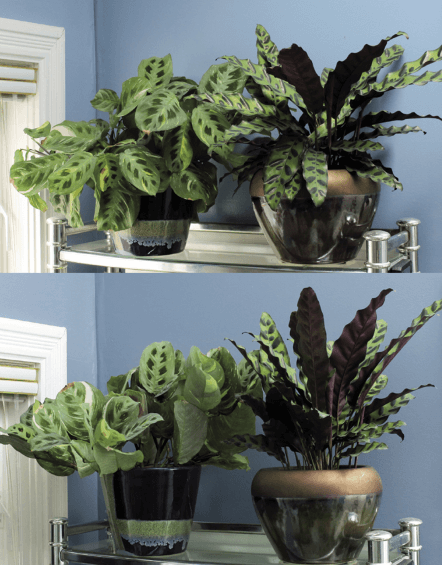
Survival strategy
Prayer plants can live in low light, but that doesn’t mean they can survive in a dark corner. It means they can tolerate down to 50 foot-candles as the daytime high. If you’re just barely keeping the soil evenly moist, as you would in a low-light situation, then there will come a point when the entire plant goes limp because a significant portion of its root system is damaged from dry pockets. When this happens, be sure to give the soil a gentle aeration and a thorough soaking.
Growth strategy
New leaves will steadily emerge when the daily light levels reach 200 foot-candles. Above 300 up to about 800 foot-candles, variegation will be more pronounced. An hour or two of direct sun is tolerable, but the plant should not be in direct sun for an entire day.
Soil management
Given adequate light, keep the soil evenly moist for strong growth. If the soil becomes mostly dry, the entire plant will go limp. This should be immediately remedied by some soil aeration to loosen up the dry pockets, followed by bringing the soil to saturation. Leaves should become perky again in a day or two. You can use a liquid fertilizer as directed when you notice new leaves.
A green prayer plant (left) and a Calathea lancifolia (right): Both fold up during the night. Calatheas are similar to prayer plants in their care needs and are often grown alongside them.
Subjective life span
If the prayer plant has one weakness, it’s pests. Perhaps it is a combination of the stem and leaf structures having nooks and crannies where pests can hide and the plant sap being particularly attractive. All of my prayer plants have had to be discarded within a year or so because of an unmanageable infestation.
Propagating Prayer Plants
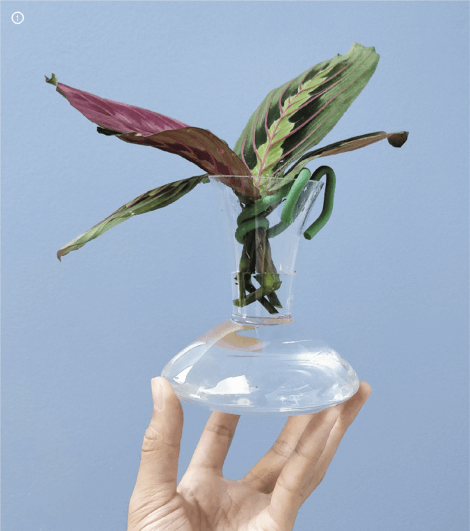
1.
A few maranta stems freshly cut and submerged in water for rooting.
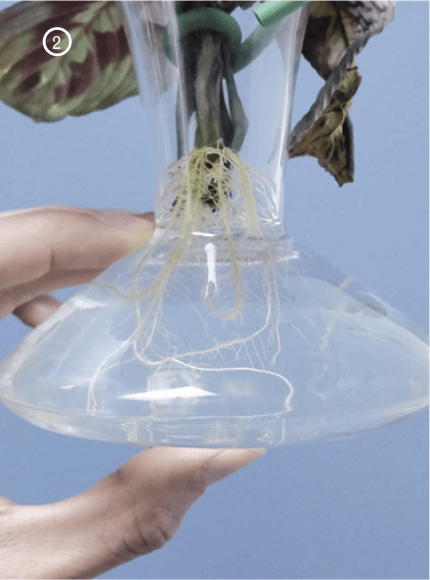 2.
2.
Ensure that the cut ends are submerged in the water. Roots will emerge from the nodes—the bumps at the bent part of the stems.
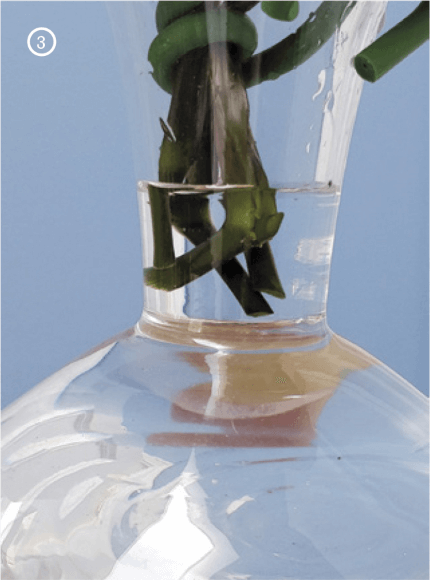 3. 2 months later
3. 2 months later
Cuttings can be transplanted as soon as the roots are half an inch long, but because they are submerged in water, you can leave them until you have time to transplant them. Note that some cuttings might die along the way—that’s life!
4.
As the older leaves yellow, the inner parts of the vine look bare, and the once-bushy maranta now looks quite sad. I’d suggest taking cuttings while the plant is bushy, so when it eventually gets to looking bare, you’ll have some rooted cuttings ready to fill in the pot. Here, I’m transplanting a rooted stem cutting into soil. This will fill in the pot.
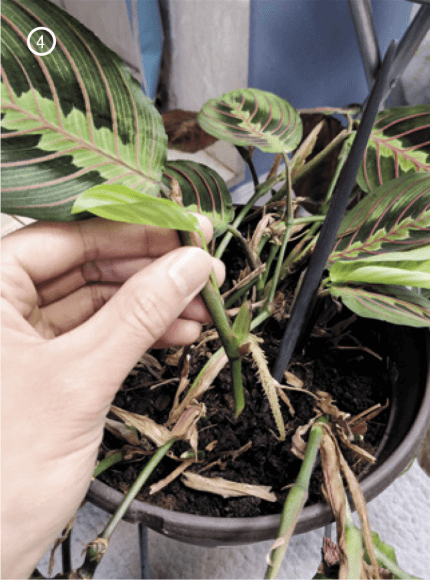
It’s All About the Leaves
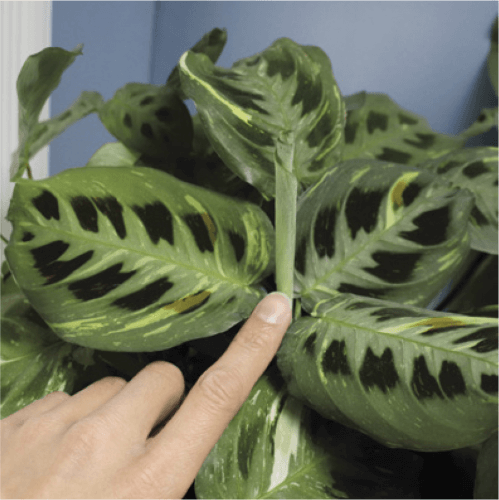
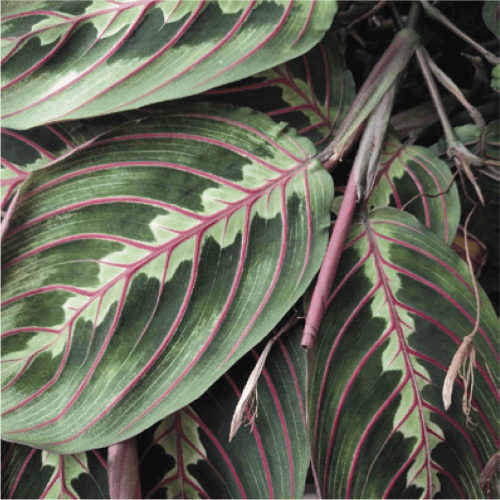
Observations from Prayer Plant Parenthood
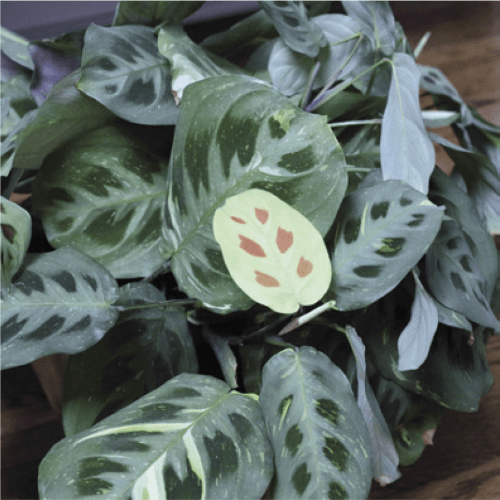
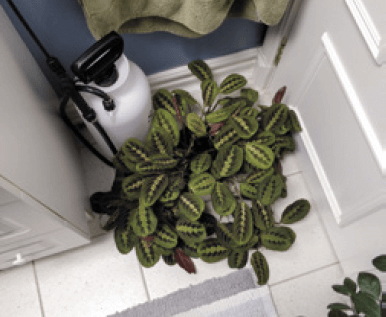
8 months
The plant doesn’t live here; it’s just waiting for its turn in the shower where I can water it thoroughly without worrying about getting water all over my floors.
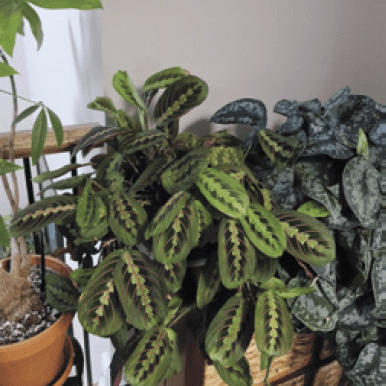
10 months
Yellowing leaves popping up here and there will be removed once they are fully turned.
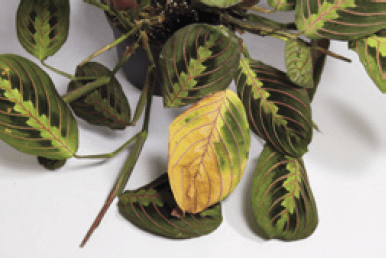
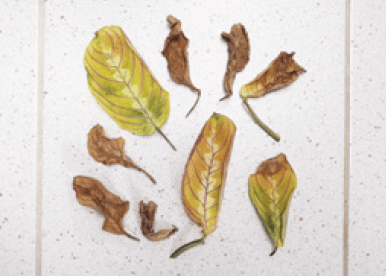
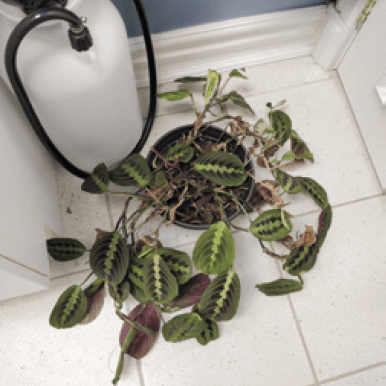
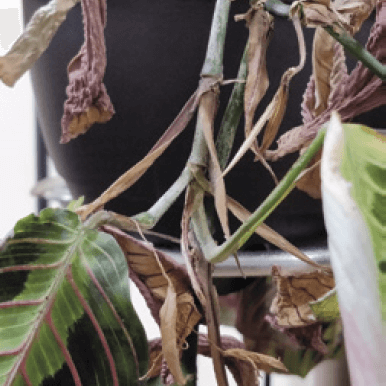
1 year, 3 months
A thrips infestation! Lucky for me that I propagated cuttings and started some new plants. Thrips will strip away the protective coating on stems and leaves.
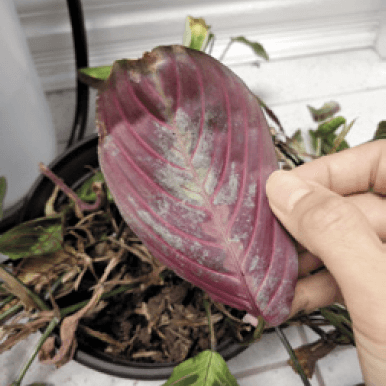
Tiếng Việt
Đang cập nhật
![[Ebook Việt Hoá] New Plant Parent (Darryl Cheng) – Phần 02 – Prayer Plant (các loại Công, cây Cầu Nguyện) [Ebook Việt Hoá] New Plant Parent (Darryl Cheng) – Phần 02 – Prayer Plant (các loại Công, cây Cầu Nguyện)](https://vn1.vdrive.vn/codai.net/2021/02/25-prayer-plant.jpg)


